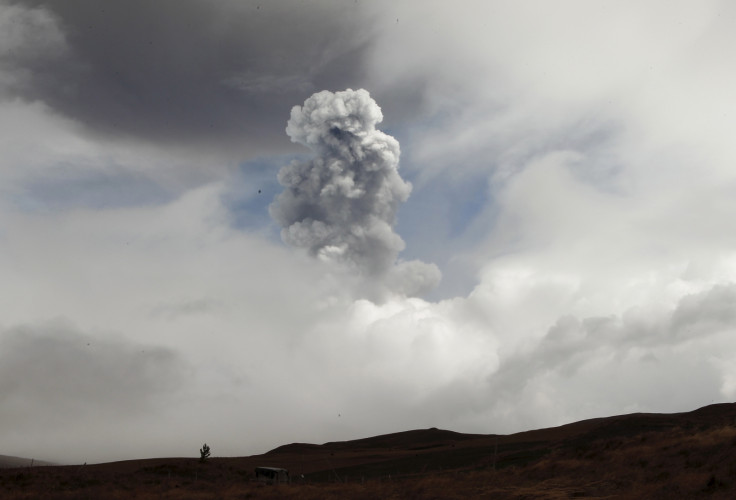Ecuador calls state of emergency as Cotopaxi volcano stirs

The Ecuadorian President Rafael Correa has declared a state of emergency as the Cotopaxi volcano near the capital Quito teeters on the brink of a major eruption. Officials began the evacuation of hundreds of people from nearby villages after the volcano began to erupt on Friday (14 August).
The emergency status will free up more resource and make available more government funds to deal with the situation should an eruption happen. Emergency services have been put on alert in fear of the worst-case scenario.
Cotopaxi is one of the world's most dangerous volcanoes, as it is prone to creating fast-moving mud and rock flows. It remains active and dangerous, having erupted more than 50 times since 1738 with the last eruption in 1940. It is the second-highest volcano in the region, at 5,897m, only beaten by Llullaillaco that stands on the border between Argentina and Chile.
Authorities have maintained a yellow alert in the surrounding area: a mid-range warning that will remain as long as Cotopaxi continues to stir.
Small eruptions from Cotopaxi have already belched ash more than 5km into the sky. The Ecuadorian authorities have restricted access to the park that surrounds the volcano and mountaineers have been banned from climbing the volcano.
A layer of ash has now spread up to 30 miles from the volcano and as a precautionary measure masks have been handed out to locals many who are living in makeshift accommodation such as tents.
@CumbiTours said on Twitter: "Nature just showing us its power. We will keep you informed with the official communications."
Nature just showing us its power. We will keep you informed with the official communications. #Cotopaxi
— Cumbre Tours (@CumbreTours) August 16, 2015
© Copyright IBTimes 2025. All rights reserved.




















